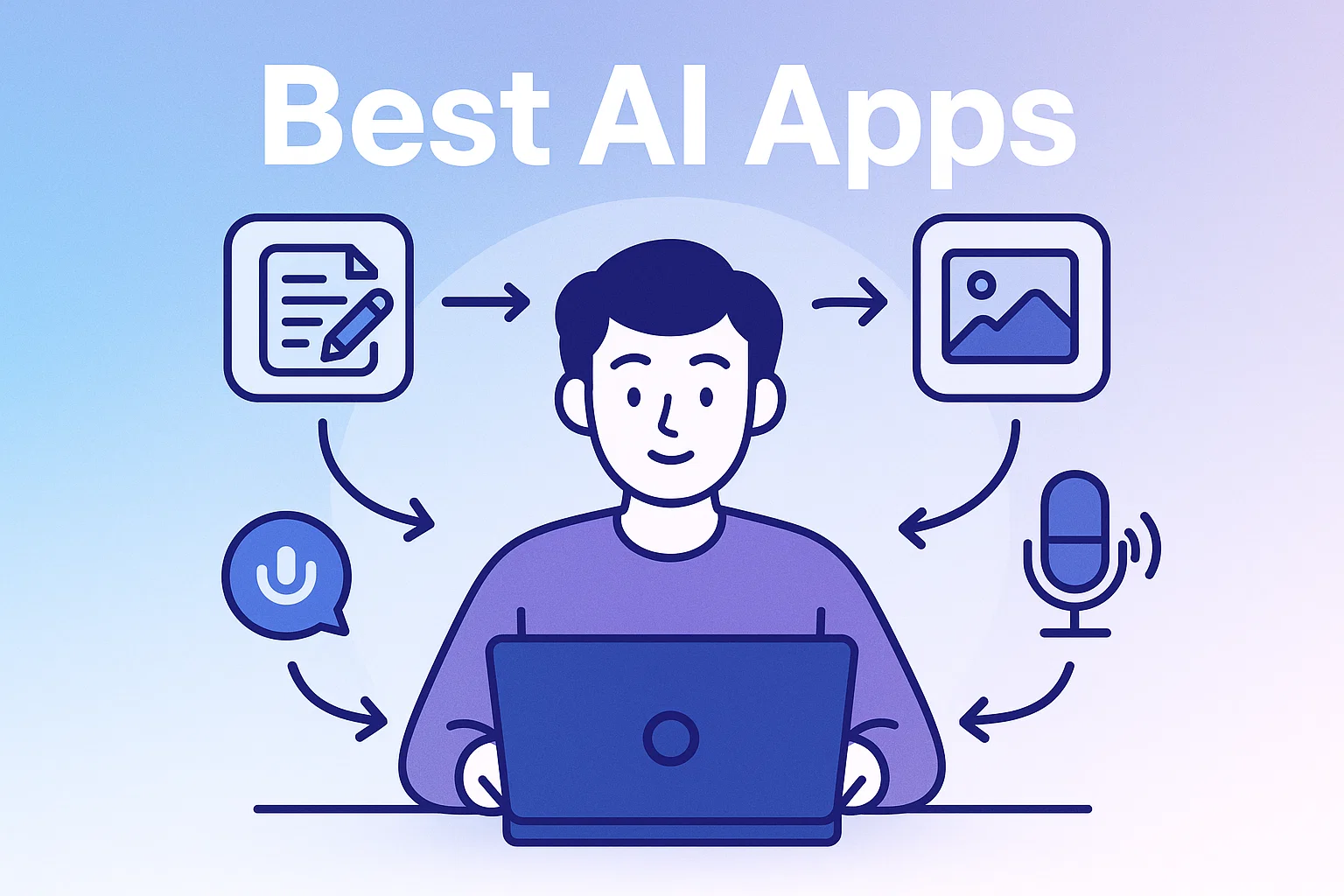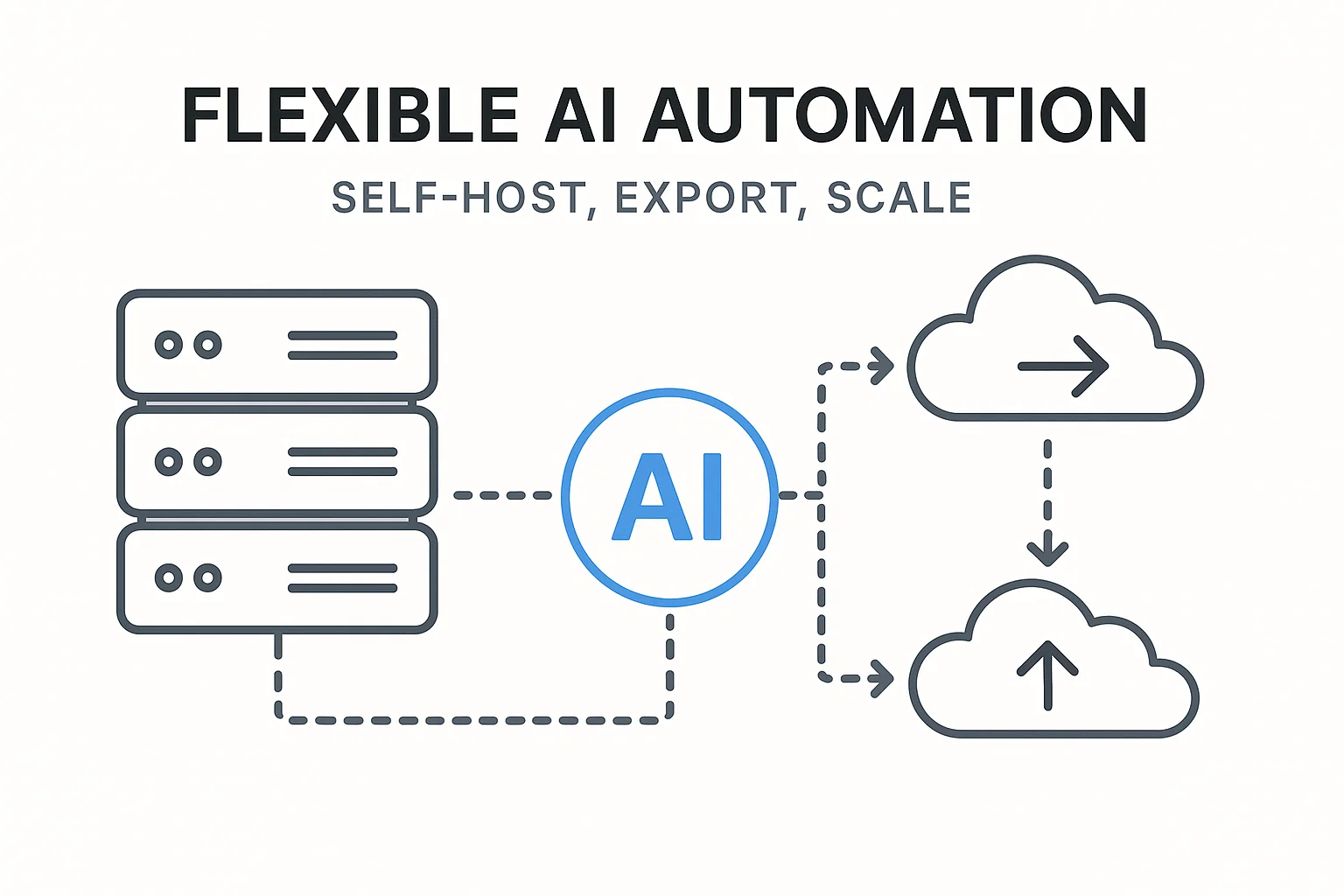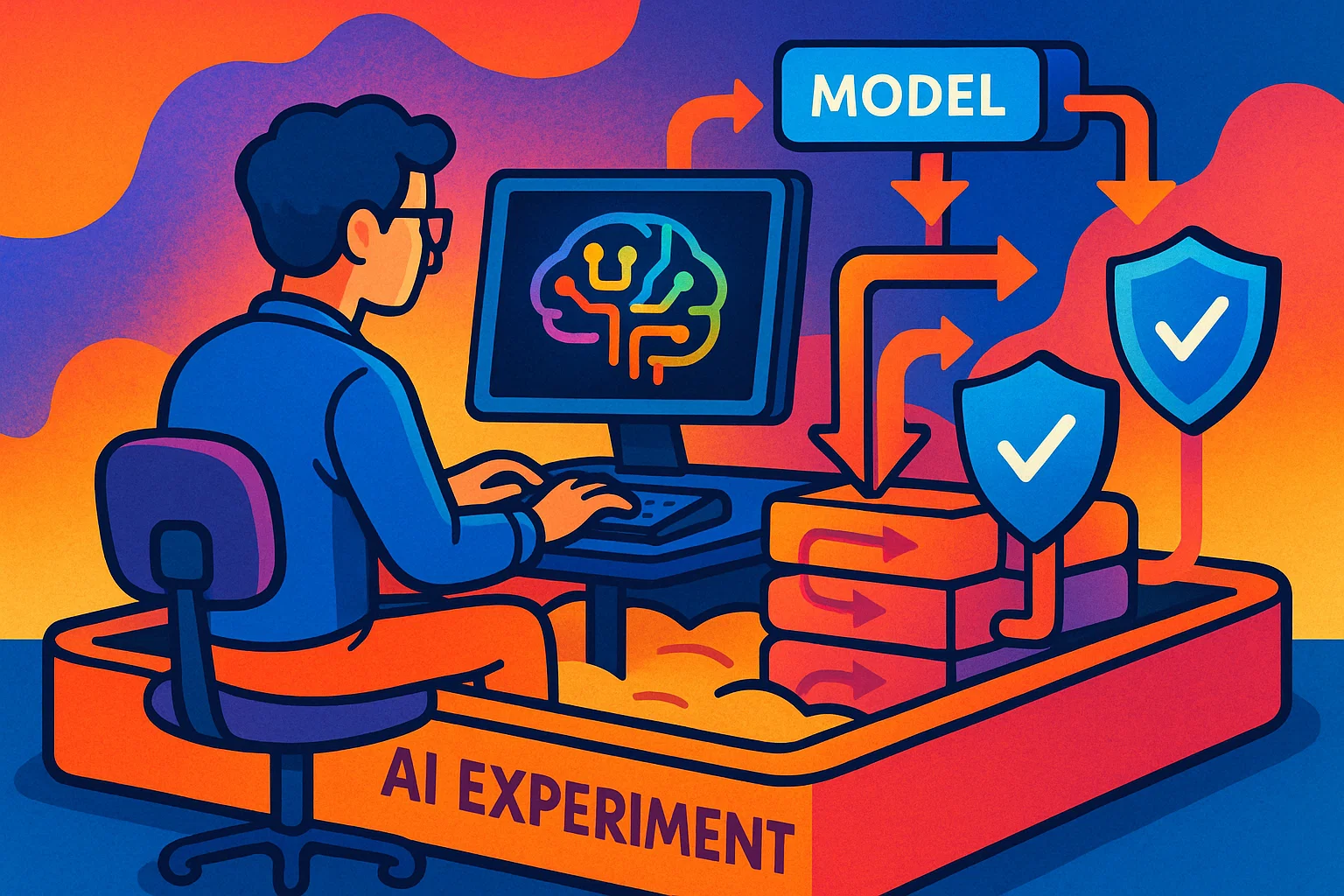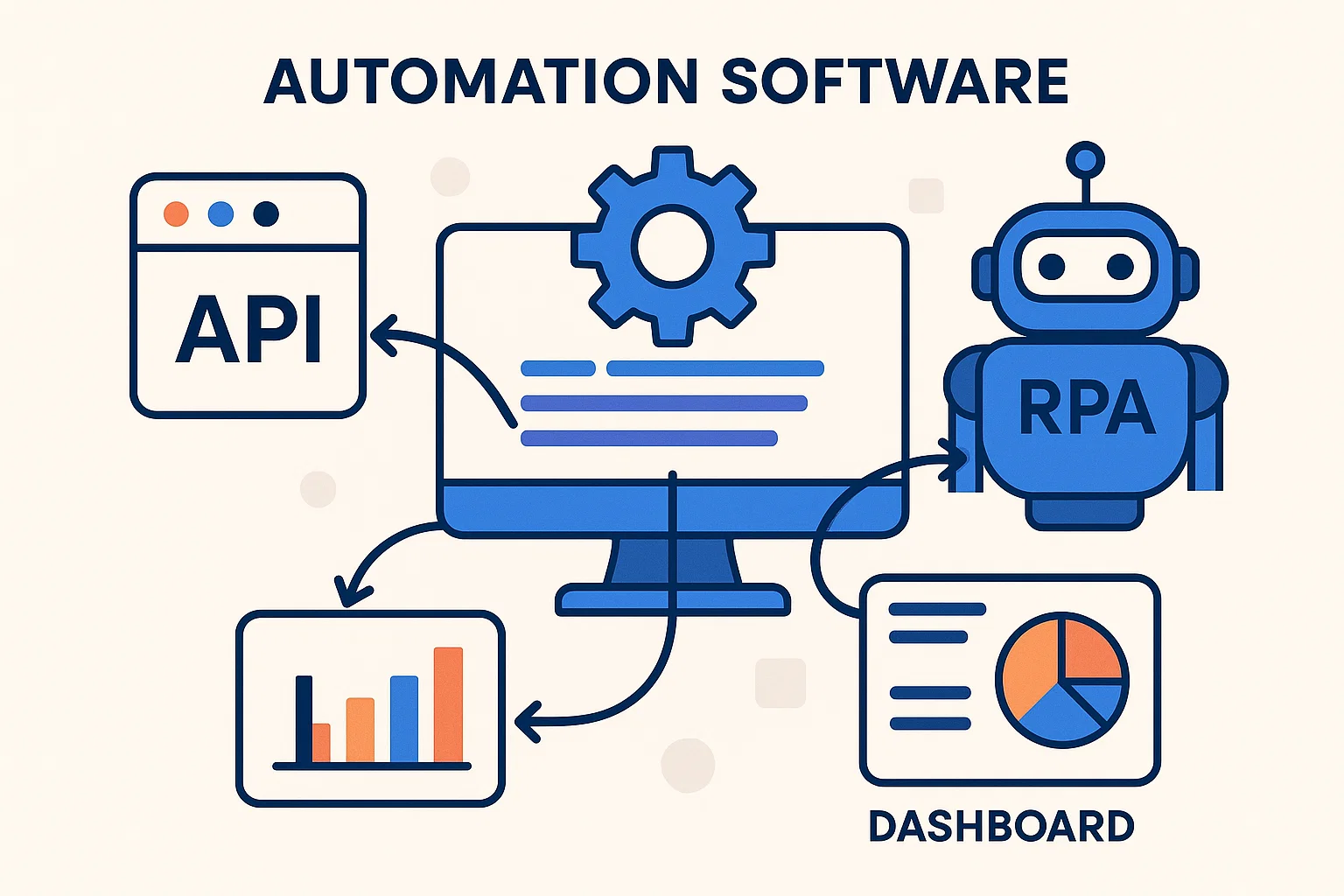Looking for the best AI apps to speed up work, spark creativity, or automate routine tasks? Your intent is mostly informational with a strong transactional edge — you want recommendations you can try, plus guidance on picking the right tool. In my experience testing dozens of tools, the best AI apps combine accuracy, safety, and clear pricing. This guide explains what makes an app great, gives hands-on how-to steps to evaluate and try apps, shares code examples to integrate them, and highlights safety and legal considerations so you choose with confidence. I’ll mention key entities like chatbots, image generators, voice assistants, model providers, and risk frameworks to keep the topic tightly scoped and useful.
What “best AI apps” actually means, and why it matters
Definition and core idea
When people search for the best AI apps, they mean software that uses artificial intelligence to deliver a useful outcome — writing help, code generation, image creation, voice transcription, or task automation. The difference between a good app and the best AI apps is reliability, transparency, and fit for your workflow.
How we got here, briefly
AI moved from academic models to consumer apps because cloud APIs, pre-trained models, and open-source frameworks lowered the barrier to building useful products. Today, the best AI apps combine model quality with UX design, data security, and clear user controls.
Why this matters to you
Choosing one of the best AI apps saves time and reduces friction. A well-chosen app can replace repetitive tasks, improve content quality, and increase creativity. But a poor choice wastes money and can introduce misinformation, privacy risks, or compliance headaches. That’s why I prioritize accuracy, safety, and vendor transparency in my recommendations.
Google advises focusing on people-first content that demonstrates experience and expertise, to earn trust and real search visibility. Google for Developers
How to pick and use the best AI apps, step by step
Below is a practical process you can follow to evaluate and start using the best AI apps, with a short checklist and two code samples to test them programmatically.
Quick evaluation checklist
- Define the job to be automated (writing, images, data extraction).
- Check vendor transparency, model provenance, and data usage policies.
- Try free tiers or demos before purchasing.
- Confirm export, deletion, and security options.
- Monitor outputs and keep human review in the loop.
Step 1 — Narrow to a use case
Decide whether you need writing, image generation, audio, data analysis, or automation. The best AI apps for writing are different from the best AI apps for image creation.
Step 2 — Shortlist by reputation and review
Look for apps with clear documentation, active support, and third-party reviews. I usually shortlist 4–6 apps and run short tests.
Step 3 — Run real tests
Create 3 test tasks that match your daily work, and run each app against them. Score outputs on usefulness, accuracy, speed, and cost.
Step 4 — Integrate safely
Use official SDKs and APIs, throttle requests, and add human-in-the-loop checks.
Quick automation example, Python (call a generic AI API)
# python: simple example to send text to an AI app via HTTP
import requests, os, json
API_KEY = os.getenv("AI_APP_KEY") # set in environment
ENDPOINT = "https://api.exampleai.com/v1/generate" # replace with vendor endpoint
payload = {
"model": "small-assistant",
"prompt": "Summarize the following meeting notes in 3 bullets:\n\n- Agenda: ...",
"max_tokens": 150
}
headers = {"Authorization": f"Bearer {API_KEY}", "Content-Type": "application/json"}
try:
r = requests.post(ENDPOINT, headers=headers, json=payload, timeout=10)
r.raise_for_status()
resp = r.json()
print("AI output:", resp.get("text"))
except requests.RequestException as err:
print("API error", err)
Explanation: Replace the endpoint and key with the vendor you chose. The pattern works for many of the best AI apps that expose an API.
Test an image generator with Node.js and base64 download
// node: upload prompt to an image AI and save the returned image
const fs = require('fs');
const fetch = require('node-fetch');
const API_KEY = process.env.IMG_API_KEY;
const ENDPOINT = 'https://api.imageai.example/generate';
(async () => {
try {
const res = await fetch(ENDPOINT, {
method: 'POST',
headers: { 'Authorization': `Bearer ${API_KEY}`, 'Content-Type': 'application/json' },
body: JSON.stringify({ prompt: 'A clean workspace, vector art, pastel colors' })
});
const data = await res.json();
const imgBase64 = data.image_base64;
fs.writeFileSync('image.png', Buffer.from(imgBase64, 'base64'));
console.log('Image saved to image.png');
} catch (err) {
console.error('Image API error', err);
}
})();
Explanation: This pattern downloads generated images. The best AI apps usually provide straightforward SDKs for similar tasks.
Best practices, recommended tools, and trade-offs
What I look for in the best AI apps
- Transparency: model details, training dataset disclosures, and safety policies.
- Control: prompt tooling, adjustable creativity/temperature, and output formats.
- Security: encryption, data retention controls, and enterprise features.
- Support and uptime: responsive support and clear SLAs for paid plans.
Recommended tool categories
- Writing & summarization: AI writing assistants and editors.
- Image generation: diffusion-based or transformer image creators.
- Code helpers: code-completion and linting tools.
- Audio/voice: transcription, TTS, and voice cloning with consent.
- Automation: RPA-style apps that chain AI tasks with triggers.
Trade-offs
- Cost vs quality: higher-quality models cost more per request.
- Latency vs interactivity: heavy image or large-model calls take longer.
- Control vs convenience: hosted apps are convenient, self-hosting gives control but costs time.
NIST’s AI Risk Management Framework recommends building trustworthiness into AI lifecycle decisions, an important reference when choosing and using AI apps. NIST
Challenges, legal and ethical considerations, and troubleshooting
Common challenges
- Hallucinations: some AI outputs can be plausible but incorrect, always validate critical facts.
- Privacy: user-provided prompts may contain sensitive information, choose apps with clear data handling.
- Vendor lock-in: APIs and SDKs differ, plan for portability.
Legal, safety, and compliance guidance
Follow applicable laws and best practices, and prefer vendors that provide clear data processing terms. Use the NIST AI RMF and vendor safety docs as guardrails. For model safety and content handling, consult vendor best-practices pages and add moderation layers to user-facing workflows. OpenAI Platform+1
Practical safety checklist
- Minimize data sent to third parties, anonymize where possible.
- Keep logs for auditing, store consent records when user data is processed.
- Add human review for high-risk decisions, and rate-limit model calls to avoid abuse.
Troubleshooting
- Slow responses: check request concurrency and model size.
- Unexpected outputs: add system-level prompts that set behavior.
- Billing surprises: monitor usage and set hard caps on spending.
FAQs
What is best ai apps?
The phrase "best ai apps" refers to top-rated software that uses AI to perform useful tasks like writing, image creation, voice transcription, or workflow automation. The best choices balance accuracy, safety, and fit for your workflow.
Which AI app is best for writing?
Pick a writing app that offers controllable prompts, citation support, plagiarism checks, and export options. Test with your actual content to see which produces the most useful drafts.
Are the best ai apps safe to use with private data?
Not always. Check the vendor’s data policy, encryption, and retention options. For sensitive data, prefer self-hosting or vendors with compliance certifications.
How do I test and compare AI apps quickly?
Create 3 representative tasks, run each app on those tasks, and score outputs on usefulness, accuracy, speed, and cost. Keep a short spreadsheet of results.
Can I integrate the best ai apps into my tools?
Yes, most top AI apps provide APIs or SDKs. Use rate-limiting, retries, and error handling like the code examples above.
Do the best ai apps require coding skills?
Some are ready-made with UI; others require code for integration. Low-code platforms let non-developers use many features.
What are the risks of relying on AI apps for business decisions?
AI can be biased or incorrect. Use audits, human oversight, and clear accountability when outputs affect customers or legal obligations.
How much do the best ai apps cost?
Costs vary widely by app and model size. Start with free tiers, test for accuracy, then estimate monthly spend under expected usage.
Legal & safety disclaimer
This article is informational, not legal advice. AI usage can implicate privacy and content rules, and you should consult legal and compliance professionals for high-risk projects. Follow vendor safety guidelines and frameworks like NIST’s AI RMF when building production systems.
Conclusion and call to action
The best AI apps for you are the ones that solve a real problem, protect user data, and integrate cleanly into your workflow. Start small: choose a pilot task, test two apps with real data, and monitor outputs closely. If you want, I can generate a tailored shortlist of the best AI apps for writing, images, or automation based on your use case, or provide a downloadable testing spreadsheet you can run against each app. Try one test today, and tell me the results so I can help refine your shortlist.



